Increase in Collaborative Work Environments
The rise of collaborative work environments is reshaping the Deck Planning Software Market. As organizations adopt more flexible and team-oriented approaches, the need for software that supports collaboration becomes increasingly important. Deck planning solutions that enable multiple users to work simultaneously and share insights in real-time are gaining traction. This trend is reflected in the growing number of companies investing in collaborative software tools, with a reported increase of 15% in adoption rates over the past year. Such tools not only enhance productivity but also foster innovation, thereby driving the Deck Planning Software Market forward.
Growing Emphasis on Sustainability Practices
The Deck Planning Software Market is significantly influenced by the growing emphasis on sustainability practices across various sectors. Companies are increasingly adopting software solutions that not only enhance operational efficiency but also minimize environmental impact. This trend is driven by regulatory pressures and consumer demand for sustainable practices. As a result, deck planning software that incorporates sustainability metrics is becoming more sought after. The market is projected to see a rise in solutions that facilitate eco-friendly planning and resource allocation, aligning with broader corporate sustainability goals. This shift is likely to enhance the competitive landscape of the Deck Planning Software Market.
Expansion of the Maritime and Logistics Sectors
The expansion of the maritime and logistics sectors is a key driver of the Deck Planning Software Market. As global trade continues to grow, the demand for efficient deck planning solutions becomes more pronounced. The logistics sector is projected to reach a market size of over 12 trillion dollars by 2027, highlighting the increasing need for software that can streamline operations. Deck planning software is essential for optimizing cargo space and ensuring timely deliveries, making it a critical component of logistics management. This expansion is likely to create new opportunities for growth within the Deck Planning Software Market.
Rising Demand for Efficient Resource Management
The Deck Planning Software Market experiences a notable surge in demand for efficient resource management solutions. As organizations strive to optimize their operations, the need for software that can effectively allocate resources becomes paramount. This trend is underscored by the increasing complexity of logistics and supply chain management, where precise planning is essential. According to recent data, the market for resource management software is projected to grow at a compound annual growth rate of 12% over the next five years. This growth indicates a strong inclination towards adopting deck planning software that enhances operational efficiency and reduces costs, thereby driving the Deck Planning Software Market forward.
Technological Advancements in Software Development
Technological advancements play a crucial role in shaping the Deck Planning Software Market. Innovations such as artificial intelligence and machine learning are being integrated into deck planning solutions, enabling more accurate forecasting and decision-making. These technologies allow for real-time data analysis, which is essential for effective planning and execution. The market is witnessing a shift towards more sophisticated software that can adapt to changing conditions and provide actionable insights. As organizations increasingly recognize the value of these advanced features, the demand for cutting-edge deck planning software is expected to rise, further propelling the Deck Planning Software Market.



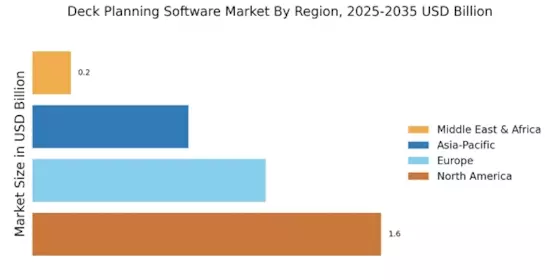
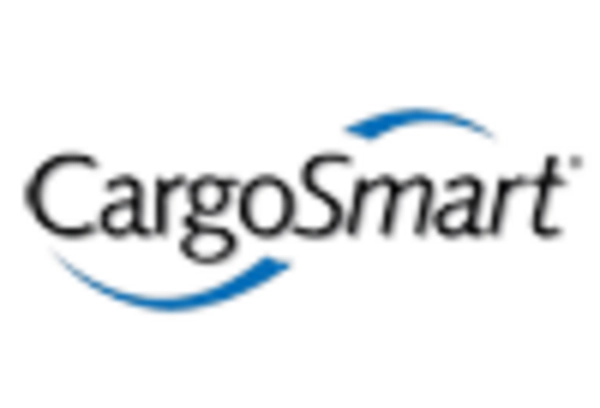
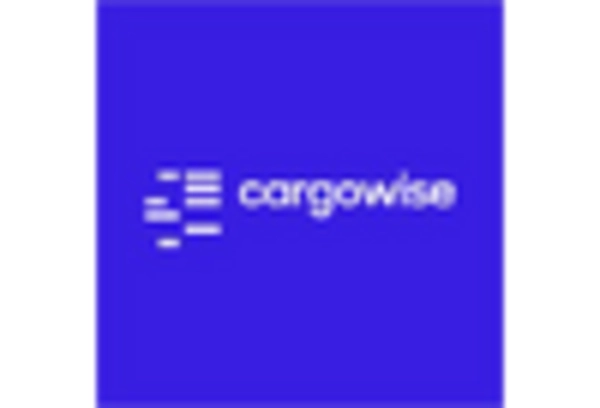
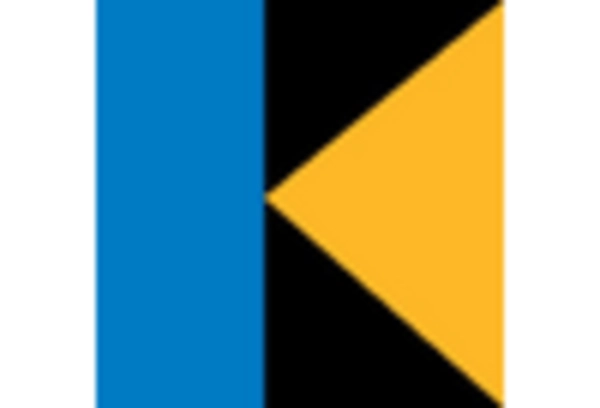
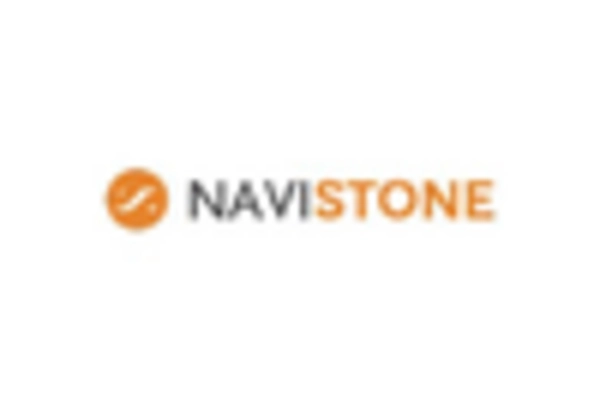










Leave a Comment